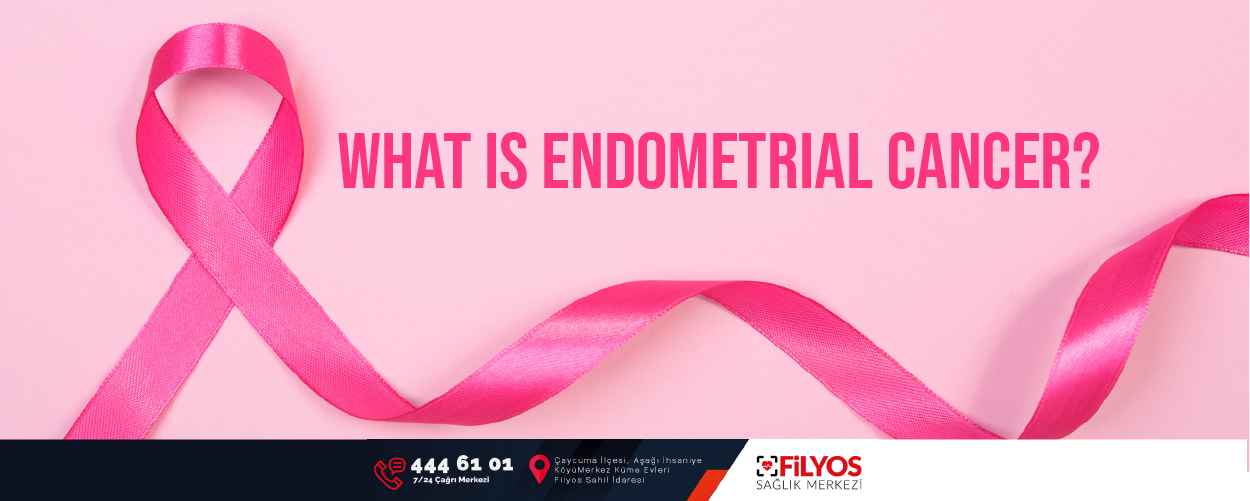
What is endometrial cancer?
Endometrium cancer is the most common female reproductive organ cancer in developed countries. It originates from the endometrium layer in the uterus. It is seen in the late reproductive and menopausal years. The average age of onset is 63 years, with most patients between the ages of 50 and 59.
Which symptoms do patients present with?
It often presents with unexpected vaginal bleeding in menopausal patients and with excessive, irregular vaginal bleeding in women who have not reached menopause. For this reason, a uterine biopsy should be performed in every bleeding in menopause. The cancer rate in bleeding after menopause is about 15%. In pre-menopausal women, if the age of the patient is more than 45 years, a biopsy should be taken from the uterus in irregular, abundant bleeding. In women younger than 45 years of age, if there are additional conditions such as obesity, hypertension, history of infertility, not having given birth to a child, polycystic ovary disease, a sample should be taken.
What is the general prognosis of endometrial cancer?
Endometrium cancer is diagnosed at an earlier stage compared to other gynecologic cancers. Patients consult a doctor earlier because of heavy or unexpected bleeding during menopause. Therefore, the prognosis is better compared to other cancers. Cure is achieved in up to 90% of stage 1 patients. 10-20% of endometrial cancer has a different cellular structure. It tends to be seen at an older age. It metastasizes early and has a shorter life expectancy.
Who is more likely to get endometrial cancer?
Endometrium cancer is more common in Caucasians than in blacks. It is more common in obese, hypertensive women who have never given birth. It is more common in polycystic ovary patients, women with infrequent menstruation (oligoanovulation), women with a history of infertility, women who use tamoxifen medication for breast cancer, women who use estrogen-containing hormone medications that do not contain progesterone, women who start menstruating at an early age and women who enter menopause late. The incidence of endometrial cancer is increased in patients with Lynch syndrome, which is seen in familial bowel cancer patients.
What are the treatment options?
The main treatment for endometrial cancer is surgery. 5% of endometrial cancer patients are under the age of 40 and have a desire for children. In these patients, if it can be understood that it is very early stage, in vitro fertilization is recommended after 6 months of drug treatment. Surgery is performed again after delivery. In 98% of patients, surgery should be performed unless it is a very advanced stage. The operation should include the removal of the uterus and ovaries in the first stage. The removal of lymph nodes can be decided by frozen (fast) pathology performed during the operation. The other method, which has been frequently used all over the world for the last decade, is sentinel lymph node evaluation. In this method, various dyes are injected into the uterus. With these dyes, the first lymph node with lymph flow is found and removed. It is known that tumor cells will follow this path. Depending on the condition of the stained lymph node, radiotherapy treatment is additionally evaluated after the operation. Sentinel lymph node application shortens the operation time. The rate of complications such as leg swelling and bleeding is reduced.
What are the treatment options after surgery?
If necessary, radiotherapy and/or chemotherapy can be applied after the operation. The choice of additional treatments is based on the parameters obtained by pathologic examination of the parts removed during the operation. In some patients, no additional treatment is applied.
